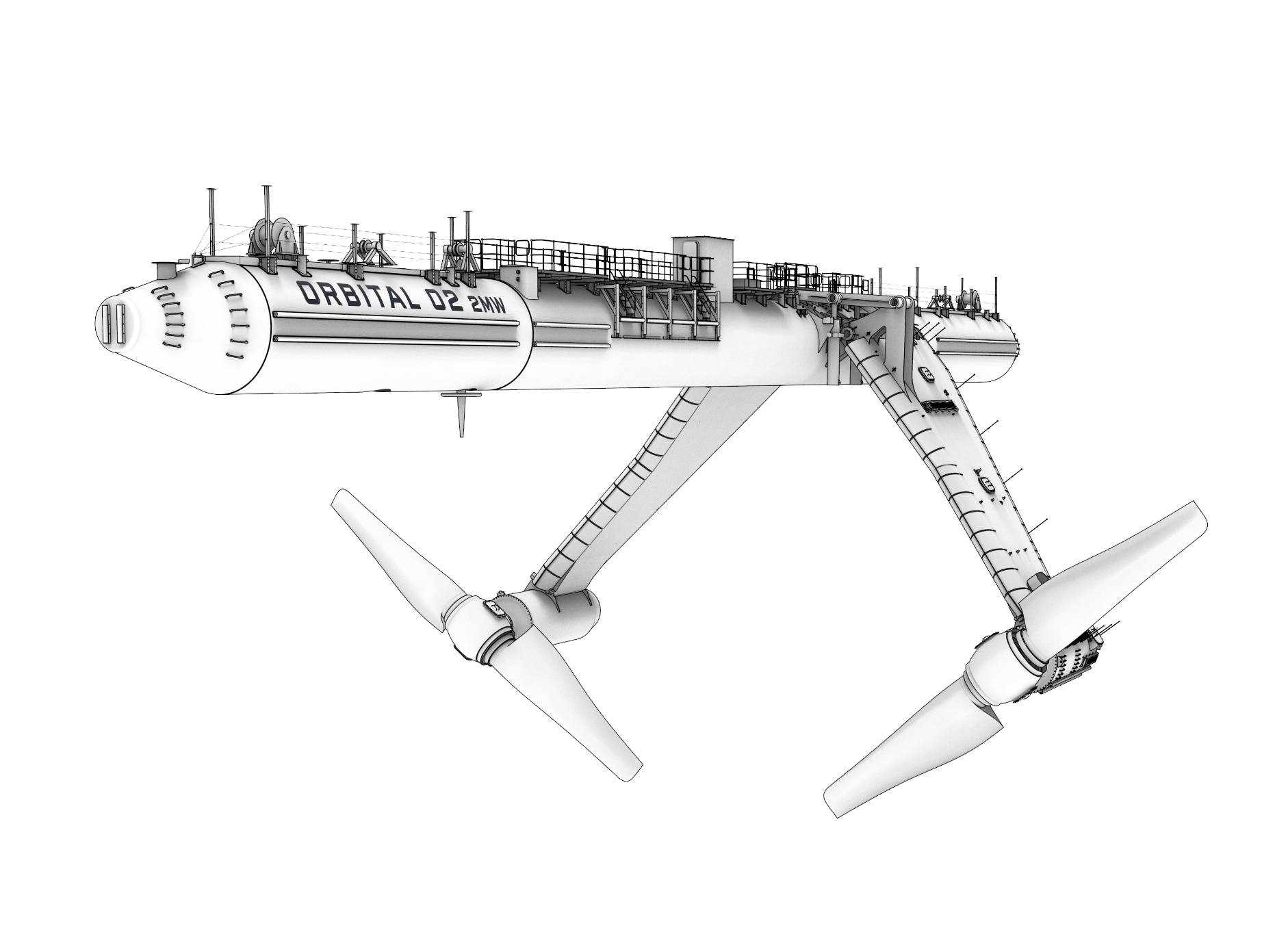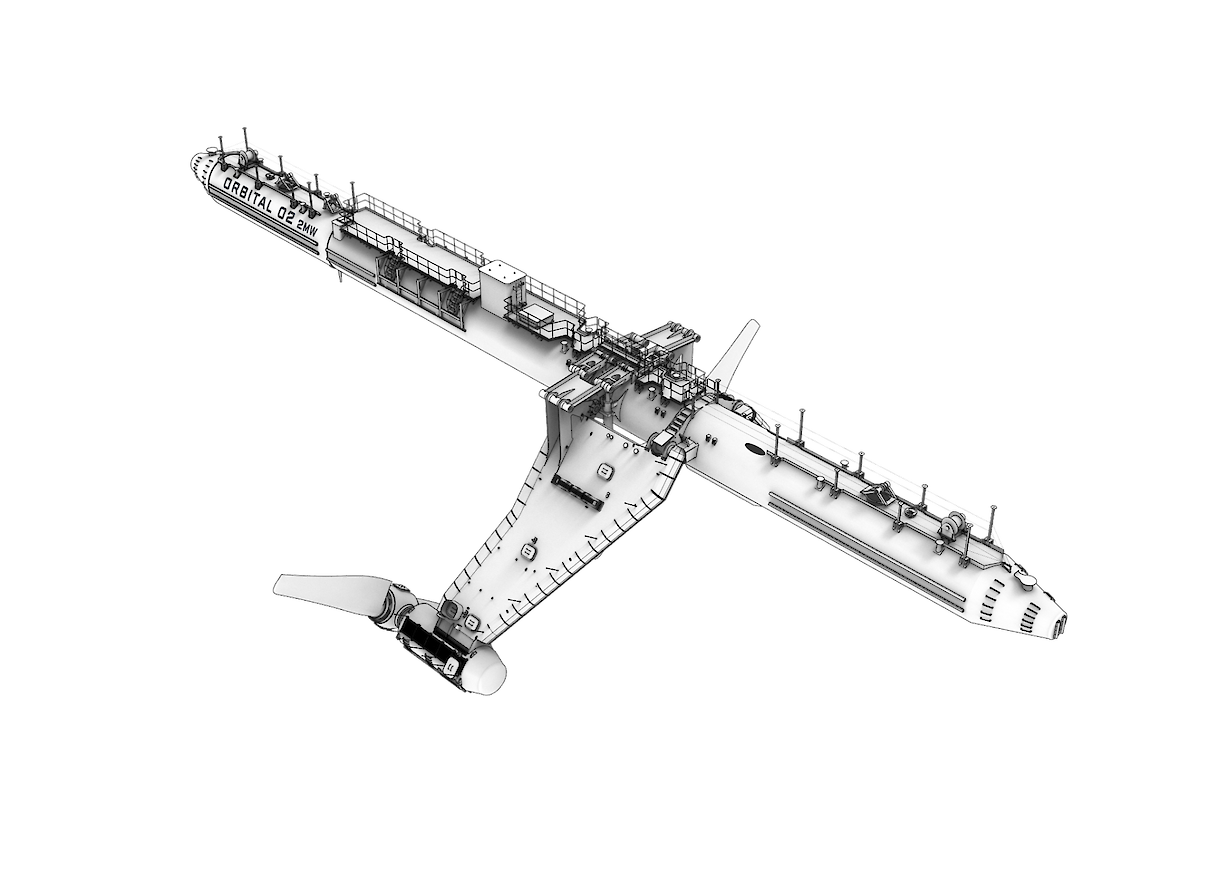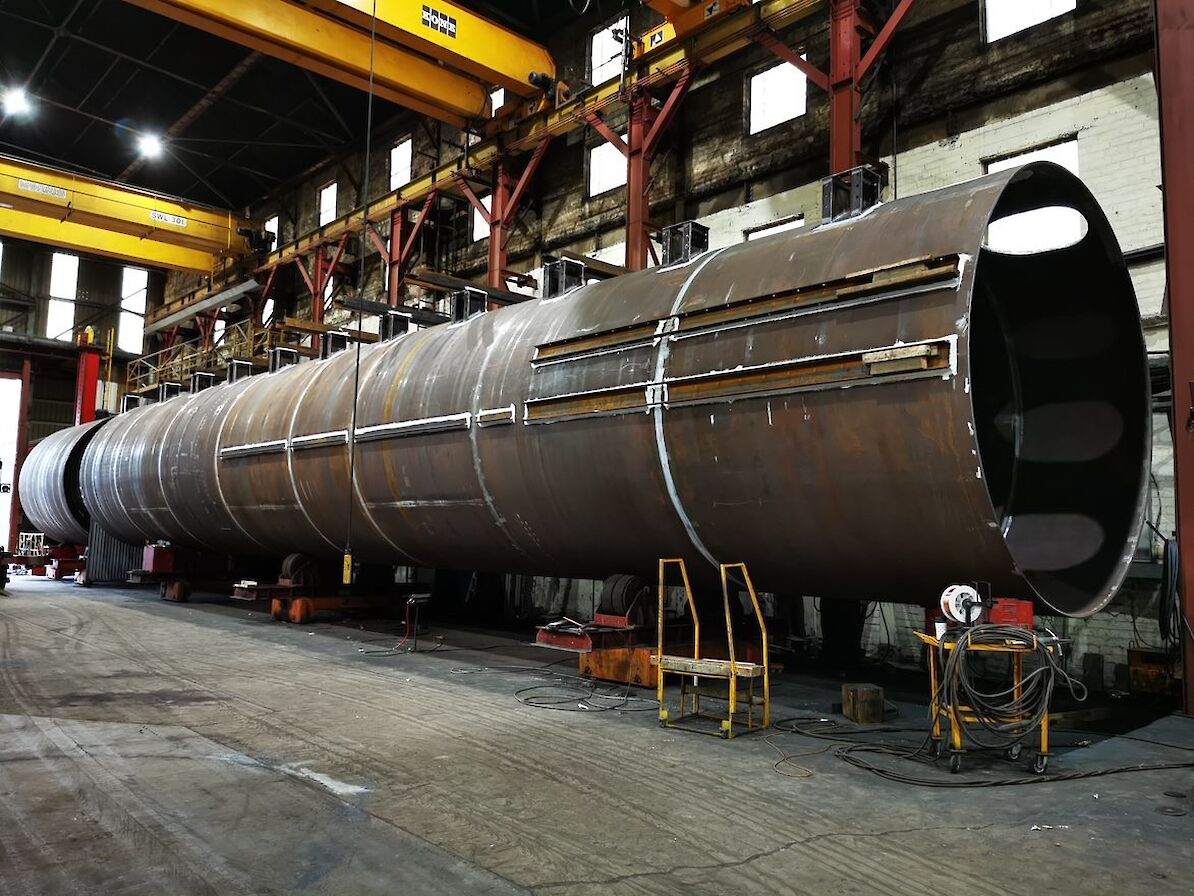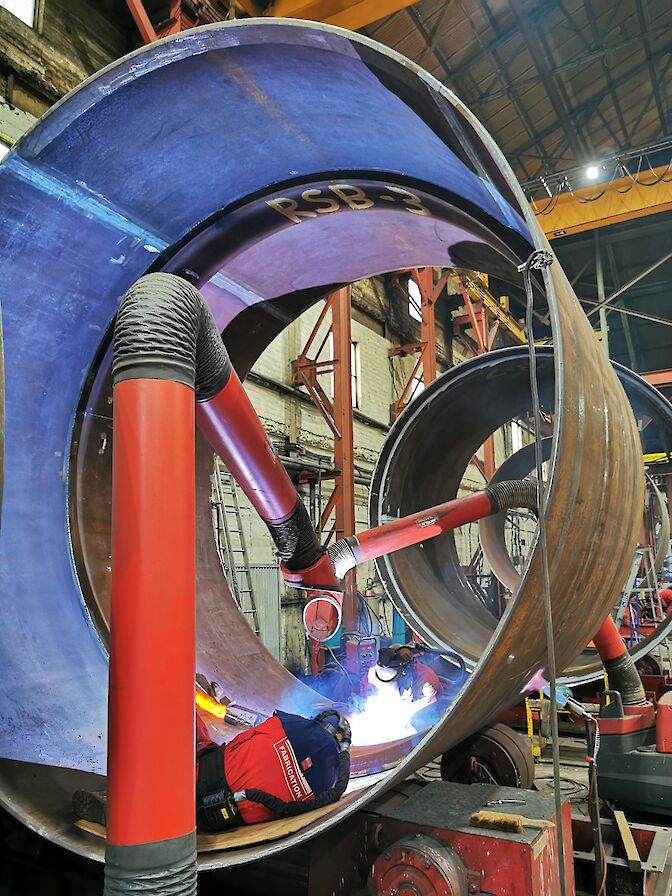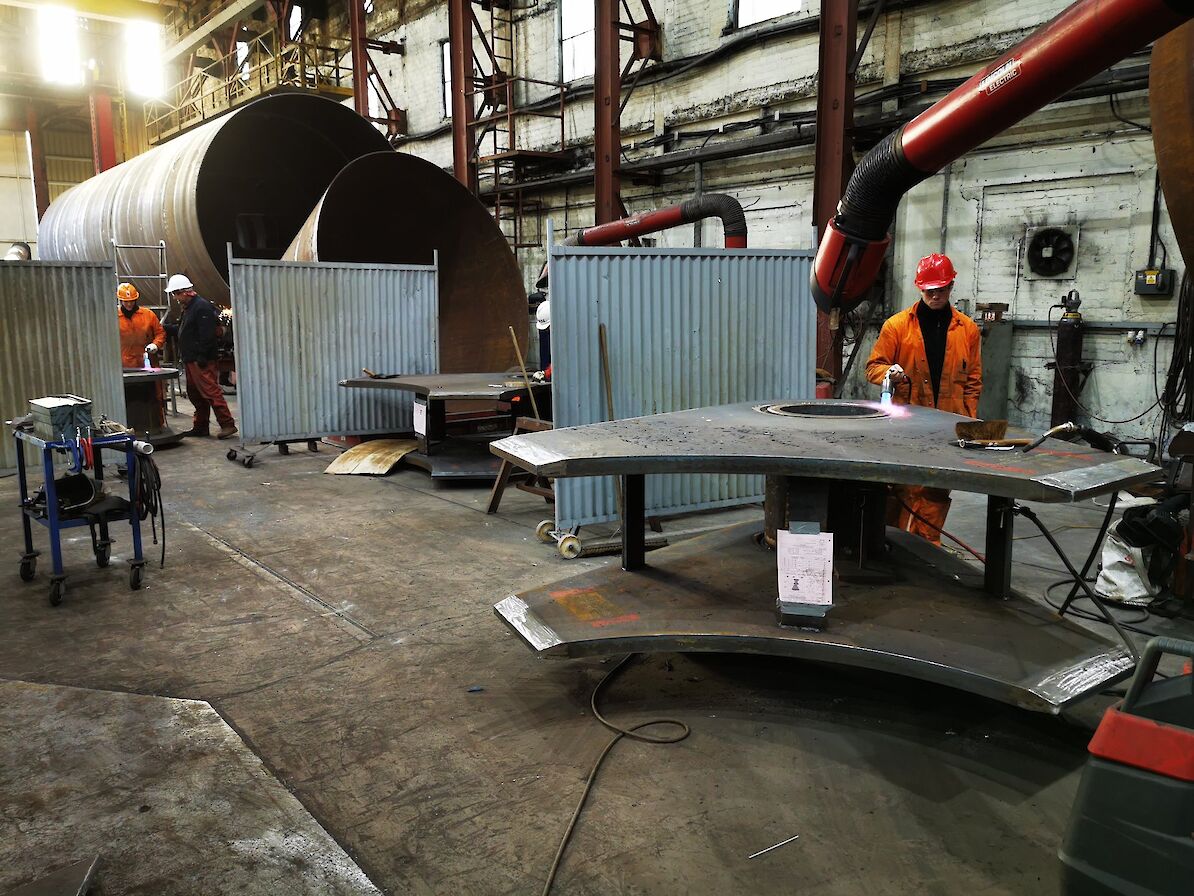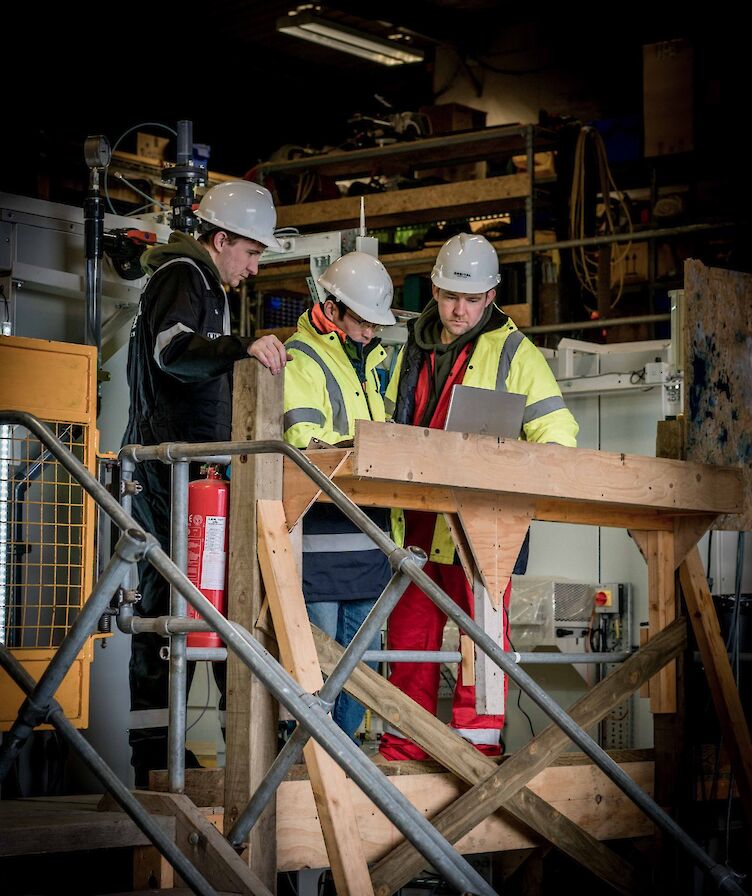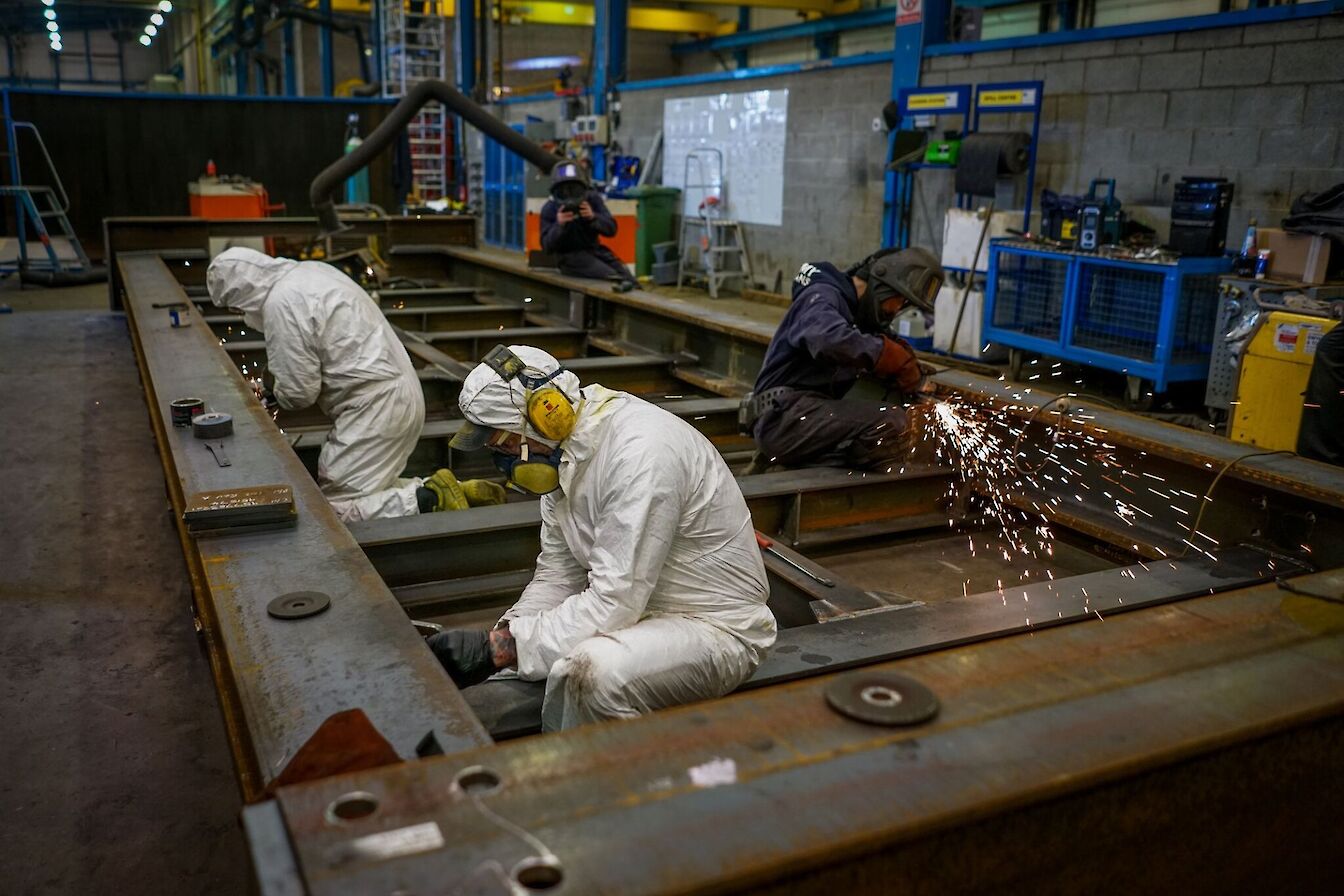With so much of the world grinding to a halt during the COVID-19 pandemic and a focus, rightly, on the healthcare, social and economic response to the crisis, it’s perhaps easy to forget that the climate change issue isn’t going away any time soon.
Granted, global restrictions on travel and industry have seen a positive impact on pollution levels around the world, but we’re still facing a challenge that potentially could dwarf any viral outbreak in terms of its impact on humanity.
Orkney has long been at the forefront of international efforts to try and find practical, cost-effective solutions to the climate crisis, with the work undertaken on marine energy research and development in the islands seen as particularly ground-breaking.
More marine energy devices have been tested at the European Marine Energy Centre (EMEC) in Orkney than at any other location in the world, with home-grown Orbital Marine one of the sector’s key players.
Prior to the global COVID-19 crisis, Orbital was well underway with construction of its O2 turbine, a commercial-scale floating tidal energy device with a 2MW output – enough to power over 1,700 homes.
The 74-metre long turbine represents the pinnacle of over a decade’s worth of sustained research and development, much of it carried out in Orkney. Orbital’s previous two tidal turbines were also designed here and tested at EMEC.
Orbital was successful in raising £7 million in crowdfunding to deliver the O2 project, also being awarded £3.4 million by the Scottish Government through the Saltire Tidal Energy Challenge Fund. In addition, the O2 project is being supported with European funding via the Horizon 2020 FloTEC project and Interreg NWE ITEG project.
When complete, the O2 turbine will be deployed at EMEC’s Fall of Warness tidal test site, just off the island of Eday, with plans to install a second O2 device there in the future. Ultimately, Orbital hopes to build arrays of O2 turbines, all feeding clean and predictable energy into the grid.
Orbital’s first O2 turbine is currently under construction in Dundee. It’s a huge and complex project, challenging enough at the best of times, but one that began well before the coronavirus outbreak.
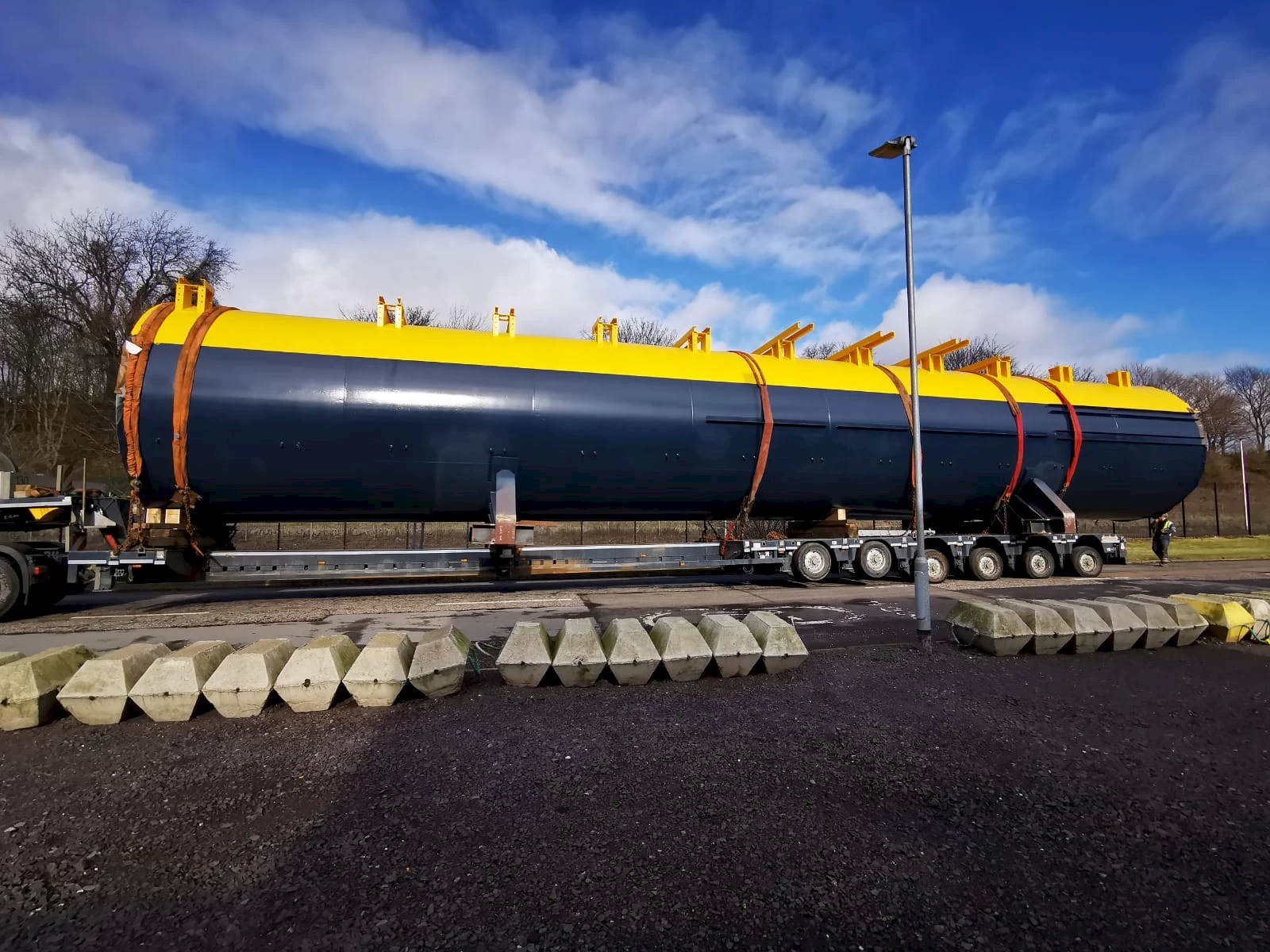 PART OF THE NEW O2 STRUCTURE, SHOWING THE SCALE OF THE DEVICE - IMAGE COURTESY ORBITAL MARINE
PART OF THE NEW O2 STRUCTURE, SHOWING THE SCALE OF THE DEVICE - IMAGE COURTESY ORBITAL MARINE
“Somewhat frustratingly, we were getting right up to full speed across all the major manufacturing activities for the turbine when COVID-19 started to impact,” says Andrew Scott. “I don’t believe there’s a business that hasn’t been impacted though and that’s the same for us and our supply chain.”
However, marine energy developers are resourceful – resilience goes with the territory when you’re testing devices in the most hostile of ocean environments, while simultaneously working to secure vital funding from the public and private sectors.
“Like everyone, we’ve had to adjust our own working practises internally as well as working with our suppliers to adapt to what is a very dynamic situation,” says Andrew.
“That said, there are very few areas where we’ve seen almost total stops and for most we’re seeing our suppliers maintain levels of productivity at their sites, albeit at reduced rates.
“As it stands, the project is well progressed through the heavy steel fabrication work - that’s being done across sites in Dundee and Fife – and we have one of our four completed anchors already at Hatston Pier in Orkney, with a further three to come from our supplier in Wales. Tooling moulds for our turbine blades are being finished in Southampton and the major drive train nacelle assemblies are taking shape with the Swedish OEM SKF in facilities in Germany and Sweden.”
Meanwhile, Orbital’s in-house team has been busy assembling and commissioning the turbine’s extensive onboard power, control and auxiliary systems in the company’s Hatston workshop, just outside Kirkwall.
“That’s a critical part of the overall turbine and a big job, so it was brilliant to see us get those assemblies completed on schedule and shipped down to the main manufacturing site in Dundee at the start of the year,” says Andrew.
Orbital is factoring in a project delay of just two to three months on the project and, encouragingly, sees no major threat to the future of the company. All being well, the O2 could deploy at EMEC’s site later this year or early next, becoming fully operational in 2021.
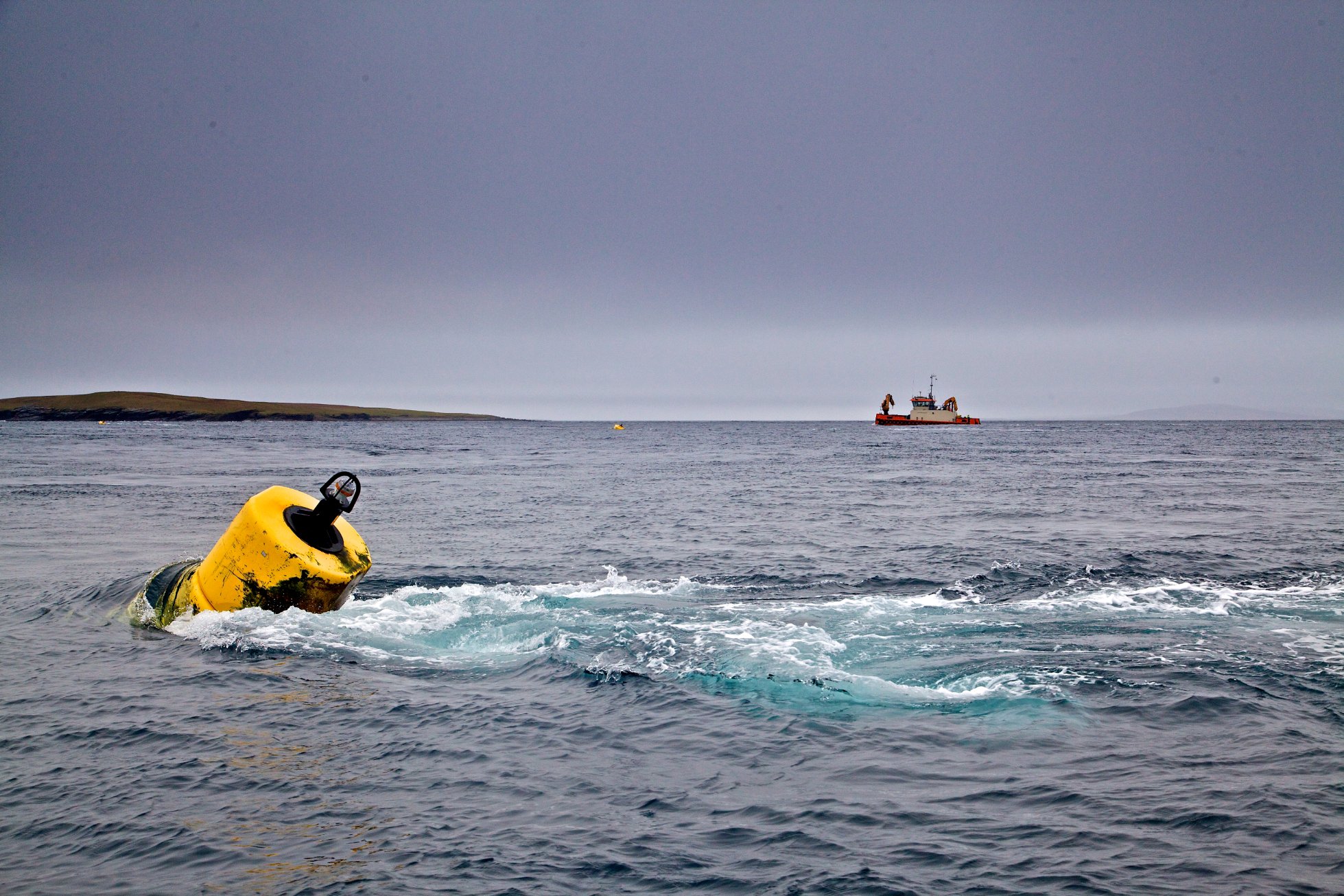 EMEC'S TIDAL TEST SITE AT THE FALL OF WARNESS IN ORKNEY - IMAGE BY COLIN KELDIE
EMEC'S TIDAL TEST SITE AT THE FALL OF WARNESS IN ORKNEY - IMAGE BY COLIN KELDIE
“It’s critical that we continue to progress with developing our technology and building the O2 at this time,” says Andrew, reflecting an industry-wide commitment to finding a path through this current crisis, while maintaining focus on the big picture climate issue. “We’re ambitious at Orbital - we want to provide millions of people with clean, predictable energy from tidal streams around the world.”
No matter where they ultimately deploy devices in the world, Orbital will always see Orkney as fundamental to the success of the company.
“It’s unquestionable in my mind that we have the best environment right here in Orkney and Scotland to get our technology right,” concludes Andrew. “You have the essential ingredient of the tides – in abundance – but that’s complimented with the equally important components of knowledge, especially around working in tidal flows, and manufacturing capabilities. And then we have the enabling support and infrastructure of EMEC. It’s the combination of all these elements that provide us with the very best platform to get this right.”
You can follow progress of Orbital’s O2 project on the company’s website, LinkedIn, Twitter, Facebook and Instagram pages.
The Promoting Orkney project has been part financed by the Scottish Government and the European Community Orkney LEADER 2014-2020

